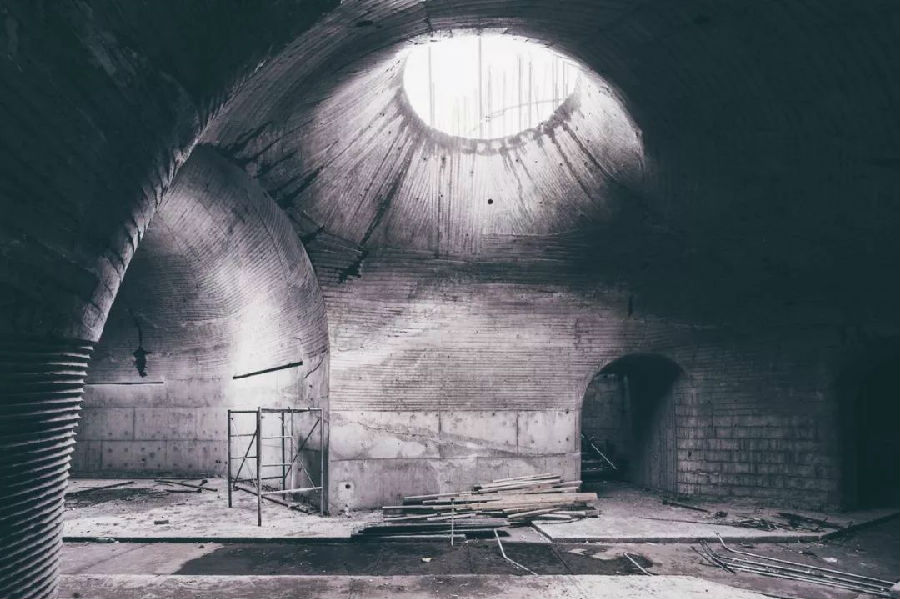《圖書與藝術》版塊
Contemporary art in China
中國當代藝術
The sands of time
時間之沙
A museum on the Chinese coast aims to merge with its environment
中國一個建在海岸的博物館旨在與當地環境互文
Buried beneath a sand dune, in the beach town of Beidaihe, nestles one of China’s newest art galleries. An offshoot of the Ullens Centre for Contemporary Art in Beijing, 300km away, the UCCA Dune is unlike any other cutting-edge art museum in China. Most are high-profile architectural statements, erected in the middle of bustling cities. The Dune is subtle and secluded, its galleries unfolding against the backdrop of the sands.
這所中國最新的藝術畫廊之一坐落在海濱小城北戴河,位于沙丘之下。UCCA沙丘美術館是北京尤倫斯當代藝術中心(距秦皇島300公里)的分館。這座美術館大部分為高調的建筑表現形式,佇立在繁華的市中心。沙丘美術館微妙而隱蔽,整個畫廊以沙子為背景。

Interdependence with the landscape and the local community is at the heart of the Dune’s purpose. It aims to be sustainable ecologically as well as financially, and to help protect the environment rather than destroying it. “Our work was not just to design a physical structure,” says Li Hu of OPEN Architecture, one of the overseers of the project, but to “dream up an entirely new type of institution.”
沙丘美術館的核心目的是與自然景觀和當地社區互文。其目標是實現生態和經濟的可持續性,幫助保護環境而不是破壞環境。“我們的工作不僅是設計物理結構,而是設想一種全新的制度。”OPEN建筑事務所的李虎(沙丘項目的監督者之一)如是說。
Mr Li wanted to create a gallery that was not “juxtaposed” to its environment but “merged into it”. Instead of placing the museum on top of the dunes as was originally planned, he decided to bury the building beneath them to preserve the coastal ecology. The structure is heated by geothermal energy; its walls and windows and the wooden tables in its café were handmade from local materials, a tribute to the craftsmanship of the Hebei region. Because the museum is lit naturally by skylights, visitors’ experiences of the artwork will vary with the seasons and time of day.
李虎想要創建一個不僅是“并列”而且“融合”到環境的畫廊。他沒有像最初計劃的那樣把博物館建在沙丘上,而是決定把建筑埋在沙丘下,以保護海岸生態。建筑采用地熱能加熱;墻壁、窗戶和咖啡館里的木桌都是用當地材料手工制作的,這是河北地區手工技藝的結晶。由于博物館使用自然采光的天窗,游客對藝術品的體驗會隨著季節和時間的變化而變化。
譯文由可可原創,僅供學習交流使用,未經許可請勿轉載。












